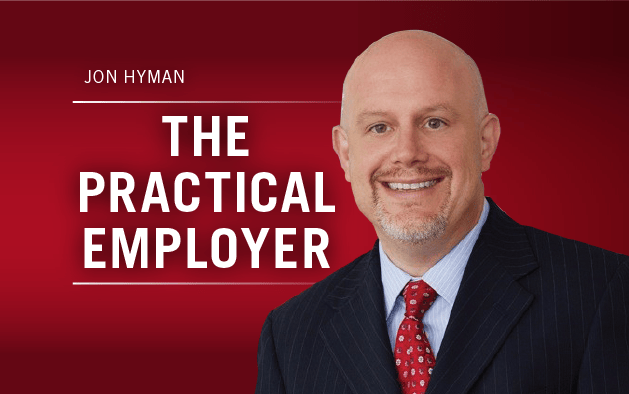“Rosemary’s Baby,” the classic 1968 horror film, tells the story of a pregnant woman who (spoiler alert: correctly) assumes that a satanic cult wants her baby.
What does “Rosemary’s Baby” have to do with employment law?
In honor of Halloween, I bring you the story of Irving Cortez-Hernandez, a “Catholic-Satanist” who prayed to the Devil for his pregnant co-worker to miscarry, and as a result lost both his job and his religious discrimination lawsuit.
Cortez worked as an inside sales representative for Centennial Puerto Rico, selling wireless and broadband telecommunications services to customers in one of its mall stores.
During his employment, Cortez complained to HR that one of his co-workers, Lymarie Torres, had skimmed commissions from his sales. During HR’s investigation of the theft allegations, Torres unloaded about behavior by Cortez that one could only describe as downright frightening.
- He would speak in a weird language and, when questioned, would explain that he was praying to Satan, or that the Devil had ordered him to speak in tongues.
- He would threaten Torres with satanic rituals, including during her pregnancy to induce a miscarriage.
- He told employees that Satan protected him, and that they should not mess with him.
- He threatened Torres with comments such as, “Today I feel like killing you,” and others with, “Today I [feel like/would/will] kill someone.”
- He would tell co-workers that “when the Devil is inside of him, there is no stopping him.”
Not surprisingly, Centennial fired him. Slightly less surprisingly, Cortez sued for religious discrimination.
In Cortez-Hernandez v. Centennial Puerto Rico (D.P.R. 11/18/2010), the district had little difficulty dismissing Cortez’s lawsuit. He claimed that Centennial terminated him because of his satanic religious beliefs. The court didn’t buy it, concluding that Centennial fired him because of his offensive and threatening comments and behavior, not his religion.
That said, there is no rule that Title VII only protects traditional religions. Indeed, quite the opposite is true. According to the EEOC:
The law protects not only people who belong to traditional, organized religions, such as Buddhism, Christianity, Hinduism, Islam, and Judaism, but also others who have sincerely held religious, ethical or moral beliefs.
Thus, if Satanism is a “sincerely held religious belief” (and, by all accounts, it appears to be), then Title VII protects from workplace discrimination those who practice it. What Title VII does not protect, however, is using your religion as a justification for harassing or threatening others. Hence, Cortez’s lost-cause lawsuit.
Happy Halloween, y’all.







